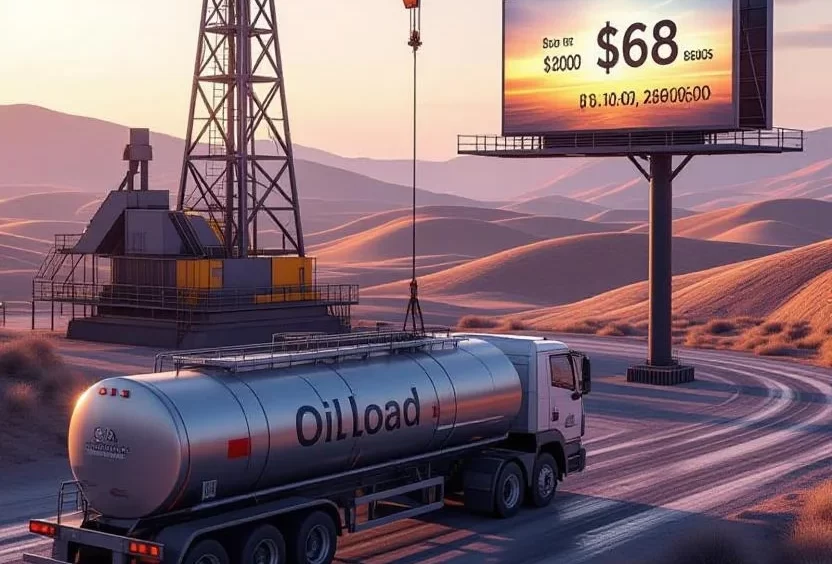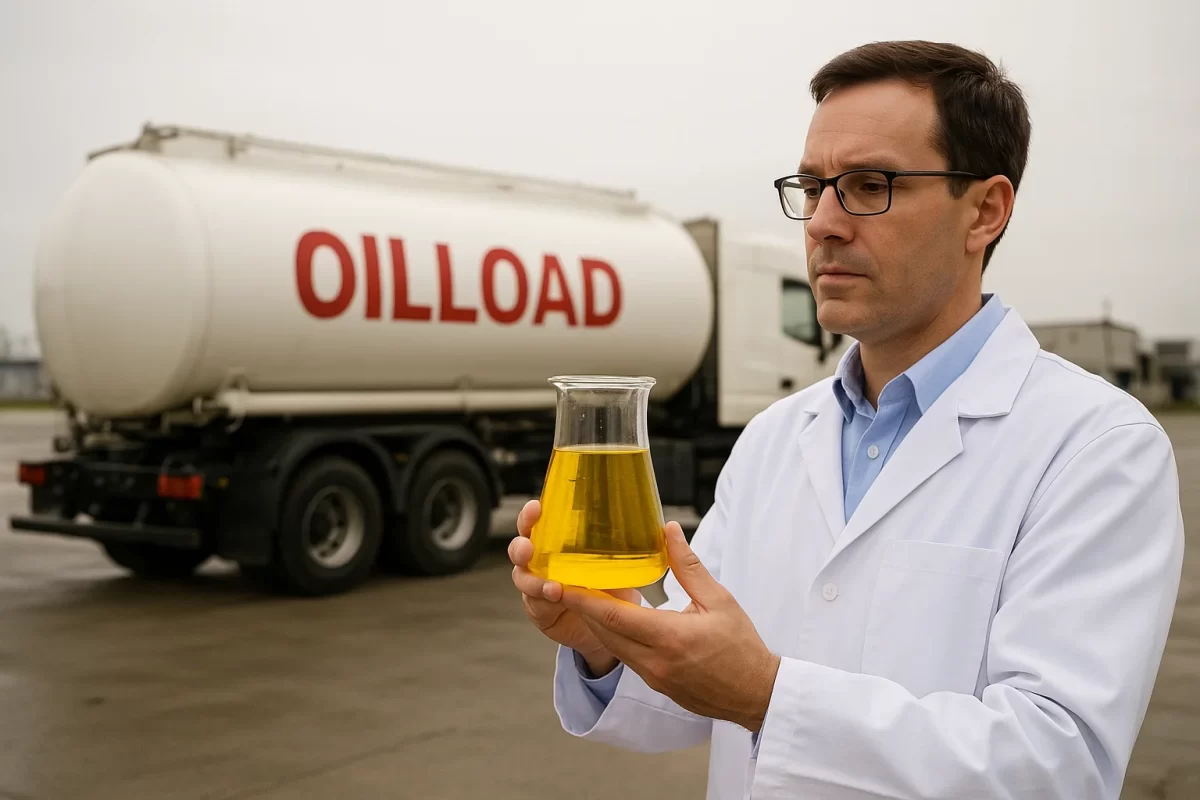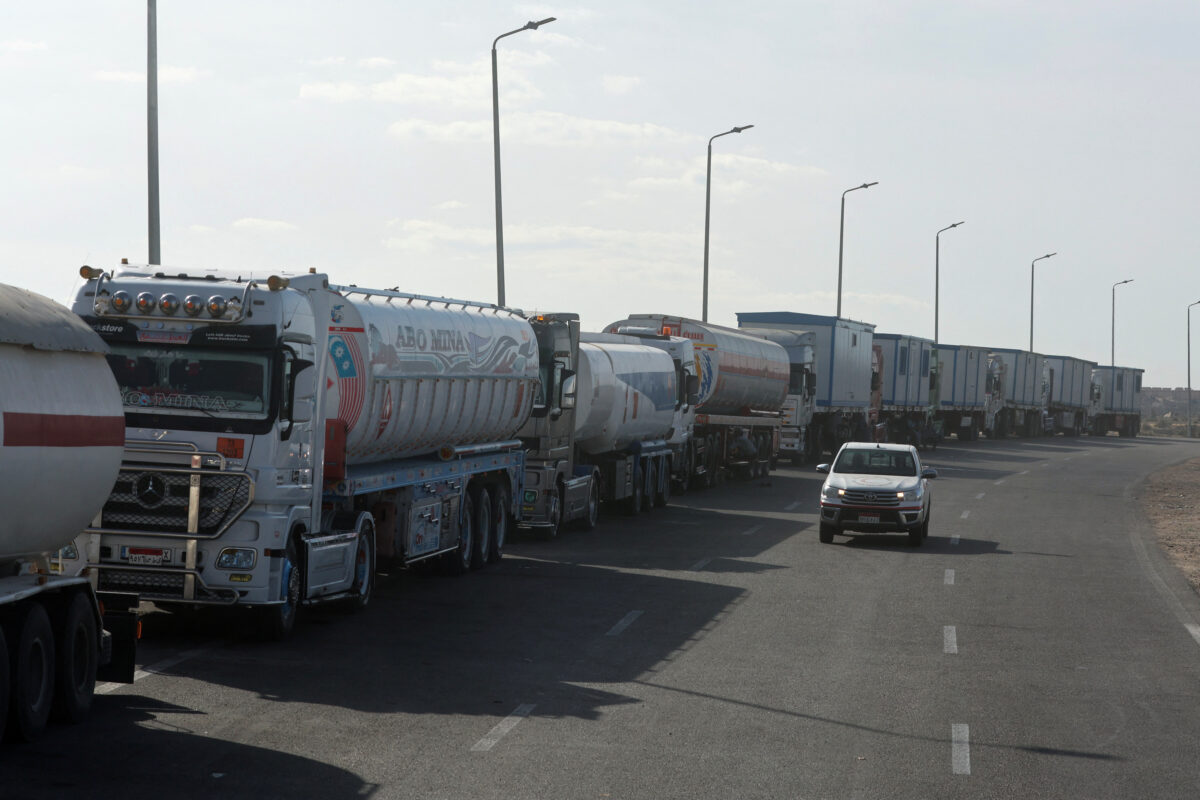As a leading player in sourcing, trading, and exporting petroleum products from Iraq and the Kurdistan Region, Oil Load closely monitors developments in the regional oil sector. Recent agreements between Erbil and Baghdad have reopened the Ceyhan pipeline, signaling a new era for crude oil exports—and by extension, opportunities in downstream derivatives like diesel, naphtha, and bitumen. In this analysis, we delve into the production costs, investments, and profit margins for international oil companies operating in Kurdistan, drawing on the latest financial reports. Understanding these dynamics is crucial for traders navigating the market, as they directly impact supply chains, pricing, and export volumes.
Wood Mackenzie's upcoming report is poised to clarify the per-barrel production costs, investments, and profits for these companies. This will inform financial entitlements under the 20-point trilateral agreement, which has already set a provisional $16 per barrel for production and export costs ($14 for production and $2 for transportation). This benchmark holds through year-end 2025, providing stability for exporters like OilLoad as we scale up shipments of Kurdistan-sourced hydrocarbons.
The 20-point framework enhances accountability and ensures all parties—Erbil, Baghdad, and international operators—meet their commitments. Yet, it sparks key questions: Will the $16 figure rise or fall based on Wood Mackenzie's findings? For traders, the answer lies in how costs vary by contract, output levels, transportation, and field maturity—factors that influence the availability and pricing of crude feedstocks for refined products.
Unlike federal Iraq operations, where the state covers transportation, Kurdistan contracts bundle these costs for companies. Over the past decade, Iraq's total transport investments hit 110 trillion Iraqi dinars, with 2024 seeing a 12.3 trillion dinar spike in Ministry of Oil expenditures. This underscores the logistical challenges—and opportunities—for exporters handling derivatives from regional crude.
Spotlight on Gulf Keystone: A Case Study in Costs and Margins
Gulf Keystone Petroleum's August 28, 2025, interim report offers a window into Shaikan field operations, a key Kurdistan asset. In H1 2025, average daily production reached 44,100 barrels, sold at $27.8 per barrel for $221.9 million in total revenue. The company's share: $83.1 million, with operating and transport costs at $66.4 million, yielding $16.7 million in profit.
Breaking it down per barrel:
| Component | Percentage of Revenue | Value per Barrel (at $27.8 avg. sale) |
|---|---|---|
| Company Share (Costs + Profit) | 37.44% | $10.41 |
| Production & Transport Costs | 29.9% | $8.31 |
| Company Profit | 7.53% | $2.09 |
Source: Gulf Keystone H1 2025 Report. Data compiled September 29, 2025.
Operational costs dominated at 72.7% of per-barrel expenses, with transport at 27.3%. These ratios held steady pre-export halt: In Q4 2022, 44,202 bpd sold at $74.1 generated $301.3 million. Q1 2023 saw 46,228 bpd at $51.3 for $213.4 million—totaling $514.76 million over six months, despite no payments from Kurdistan during the dispute. Costs: $150.5 million; profit: $42.3 million.
| Period | Avg. Daily Production (bpd) | Avg. Sale Price | Total Revenue ($M) | Cost Ratio to Revenue | Profit Ratio to Revenue |
|---|---|---|---|---|---|
| Q4 2022 | 44,202 | $74.1 | $301.3 | 29.2% | 8.2% |
| Q1 2023 | 46,228 | $51.3 | $213.4 | 29.2% | 8.2% |
| H1 2025 (Combined) | 44,100 | $27.8 | $221.9 | 29.9% | 7.53% |
Source: Gulf Keystone Reports. Note: Q4 2022 and Q1 2023 combined for six-month comparison.
The Discount Dilemma: From Ceyhan Sales to Brent Parity
Historically, Kurdistan crude faced steep discounts: 20-25% below Brent at Ceyhan, and under $44 average during the 30-month halt—driven by quality variances and Baghdad's legal pressures on buyers. This eroded revenues for producers and, indirectly, squeezed margins for derivative traders.
Under the new agreement, SOMO (State Oil Marketing Organization) handles sales, promising Brent-linked pricing based on quality. For Shaikan: Q4 2022/Q1 2023 Brent averaged $91.3, but actual sales hit $62.7—a $28.6 gap. H1 2025 Brent was $71.9 vs. $27.8 sales.
Hypothetical Brent sales reveal untapped potential:
- Q4 2022/Q1 2023 (7.98M barrels produced): At $91.3, revenue jumps to $750M (vs. $514.76M actual). Company profit: $61.6M (up from $42.3M); Kurdistan share: $538M (from $321M).
- H1 2025 (7.98M barrels): At $71.9, revenue: $574M. After $66.4M costs and $148M profit, Kurdistan nets $359M (vs. $138.8M storage fees).
Wood Mackenzie's analysis projects 18.5% production costs, 8.1% investments, and 7.5% profits/transit fees per barrel—totaling ~34% non-Kurdistan share.
Profit-Based Accounting: A Global Standard with Local Twists
Listed firms like Gulf Keystone report on profit oil (post-cost recovery) rather than raw expenditures, allowing flexibility amid volatile revenues. As sales rise toward Brent levels, company profits grow modestly (6-9% of revenue), while Kurdistan's haul surges—benefiting exporters through higher volumes and stable feedstocks.
Baghdad's $16 cap stems from $30 average sales during the halt, not inherent costs. At $62.7 sales (pre-halt), costs + profit = $23.43; Kurdistan: $39.14. At Brent $91.18: $25.79 company side; $66.4 for Kurdistan.
Outlook for OilLoad Group and the Sector
With SOMO steering sales, expect tighter Brent alignment, boosting derivative production and exports. For OilLoad—your trusted partner in Kurdistan diesel, naphtha, and Fuel Oil—this means enhanced supply reliability and competitive pricing for global buyers.
The big question: Will Baghdad cap company profits at 6-9% under Brent sales? Justified costs support it, but policy shifts could alter ratios. Wood Mackenzie's verdict will clarify—until then, OilLoad remains agile, ready to load and deliver premium hydrocarbons from the heart of the region's fields.
Table 1: Average Metrics for Oil Production in Shaikan Field (H1 2025 vs. Combined Q4 2022–Q1 2023)
This table compares key financial and operational metrics for Gulf Keystone's Shaikan field operations across the specified periods, based on the provided data.
| Metric | H1 2025 | Combined Q4 2022–Q1 2023 |
|---|---|---|
| Average Daily Production (bpd) | 44,100 | 45,215 |
| Average Brent Price ($/bbl) | 71.90 | 91.30 |
| Average Selling Price ($/bbl) | 27.80 | 62.70 |
| Total Revenue ($M) | 221.90 | 514.77 |
| Company Revenue ($M) | 83.10 | 192.80 |
| Total Costs ($M) | 66.40 | 150.50 |
| Cost Ratio to Total Revenue | 29.92% | 29.24% |
| Company Profit ($M) | 16.70 | 42.30 |
| Profit Ratio to Total Revenue | 7.53% | 8.20% |
| Kurdistan Region Share ($M) | 138.80 | 321.97 |
| Total Value at Brent Price ($M) | 464.13 | 538.05 |
Table 2: Detailed Breakdown for Two Six-Month Periods (H1 2025 vs. Combined Q4 2022–Q1 2023)
This table provides a more granular view, including hypothetical revenues at Brent pricing and shares for the Kurdistan Regional Government (KRG).
| Metric | H1 2025 | Combined Q4 2022–Q1 2023 |
|---|---|---|
| Average Daily Production (bpd) | 44,100 | 45,215 |
| Average Brent Price ($/bbl) | 71.90 | 91.30 |
| Average Selling Price ($/bbl) | 27.80 | 62.70 |
| KRG Share per Barrel at Avg. Price ($/bbl) | 44.10 | 28.60 |
| Total Revenue ($M) | 221.90 | 514.77 |
| Company Share ($M) | 57.39 | 75.02 |
| Operating & Transport Costs ($M) | 83.10 | 192.80 |
| Total Costs ($M) | 66.40 | 150.50 |
| Cost Ratio to Total Revenue | 29.92% | 29.24% |
| Profit Share Ratio to Total Revenue | 11.57% | 20.06% |
| Company Profit ($M) | 16.70 | 42.30 |
| Total Company Share ($M) | 43.37 | 61.64 |
| Profit Ratio to Total Revenue | 7.53% | 8.20% |
| KRG Share at Avg. Price ($M) | 138.80 | 321.97 |
| KRG Share at Brent Price ($M) | 464.13 | 538.05 |

















very helpful data on Iraqi Kurdistan new deal, thanks for sharing